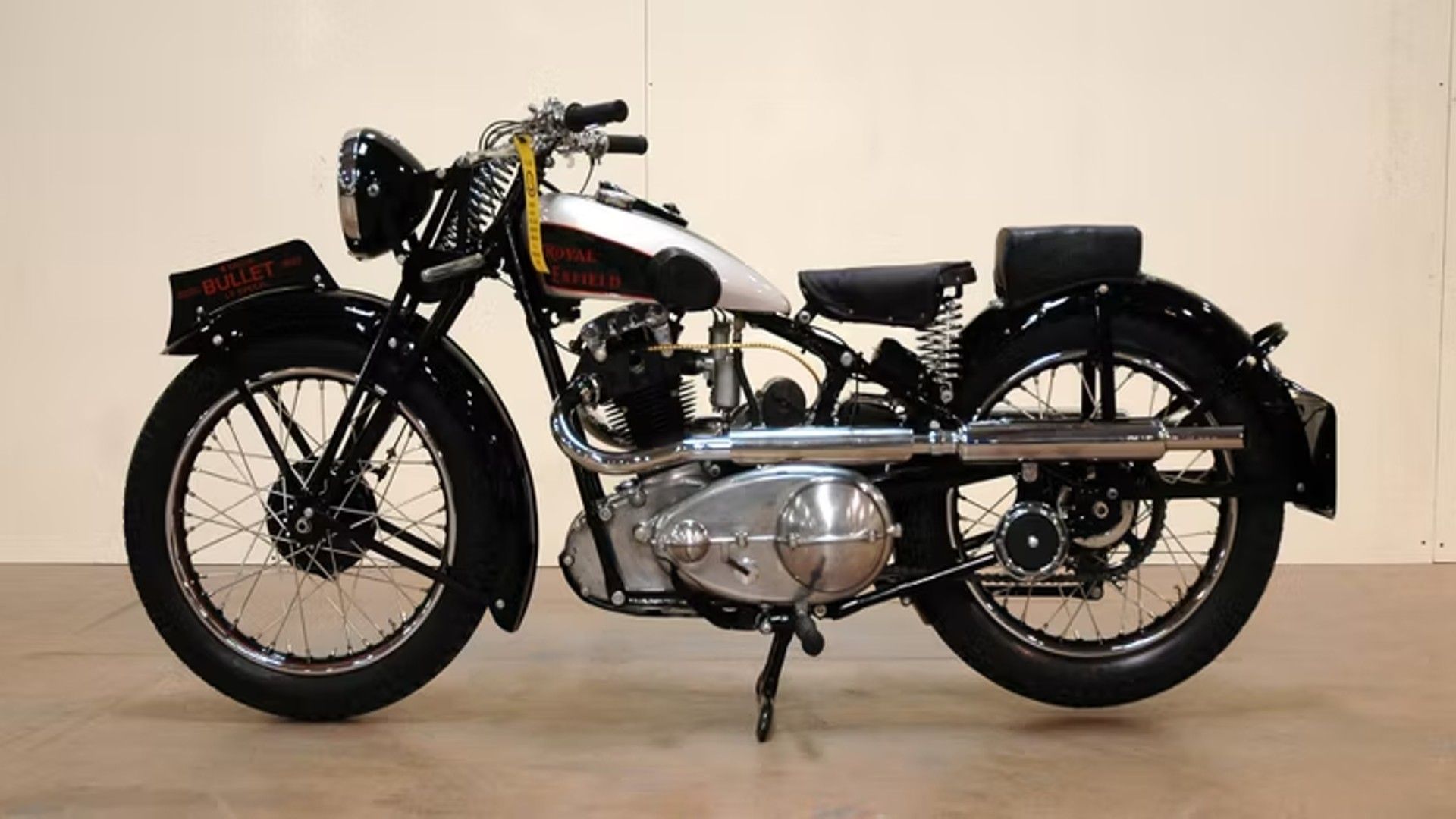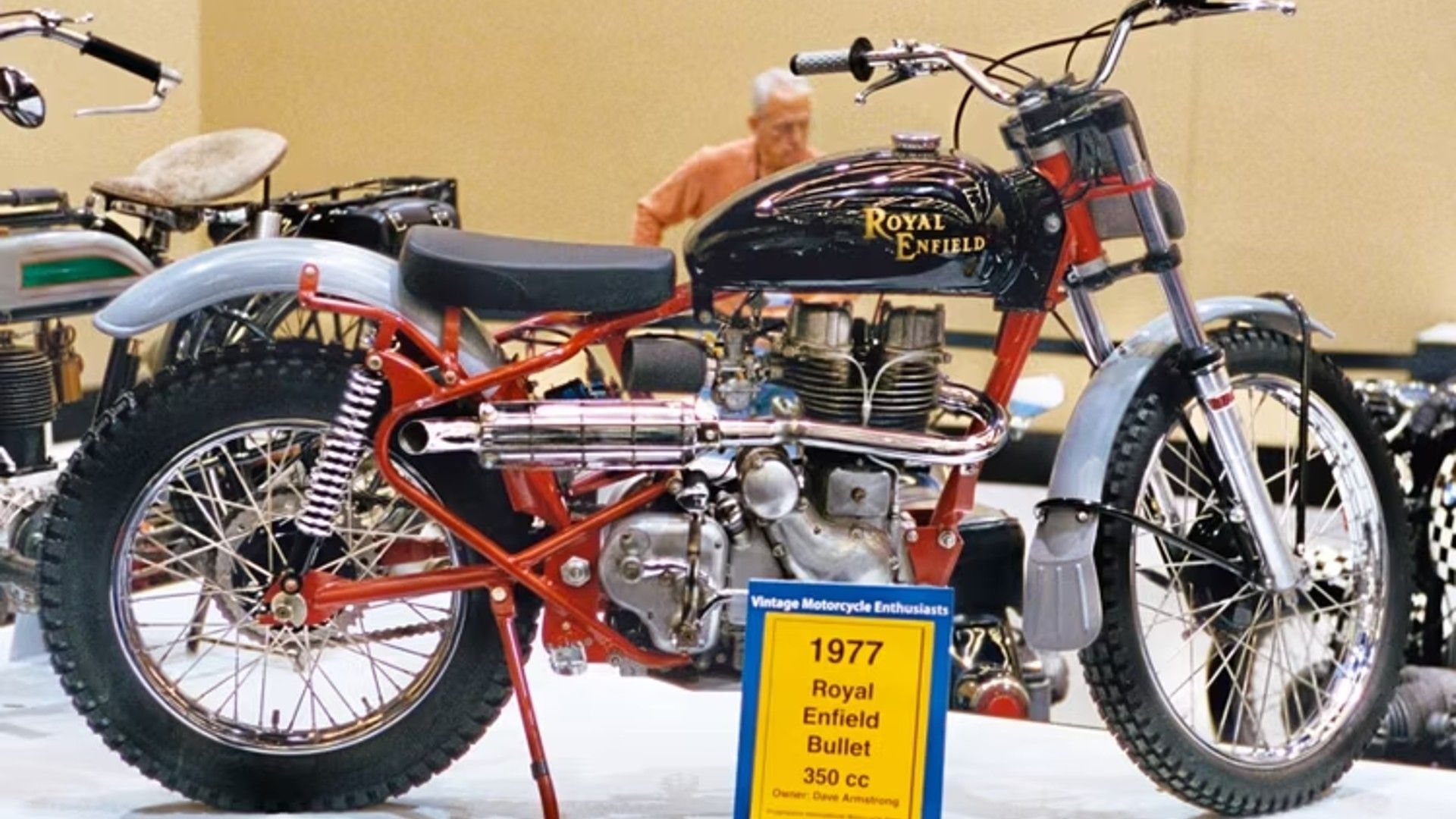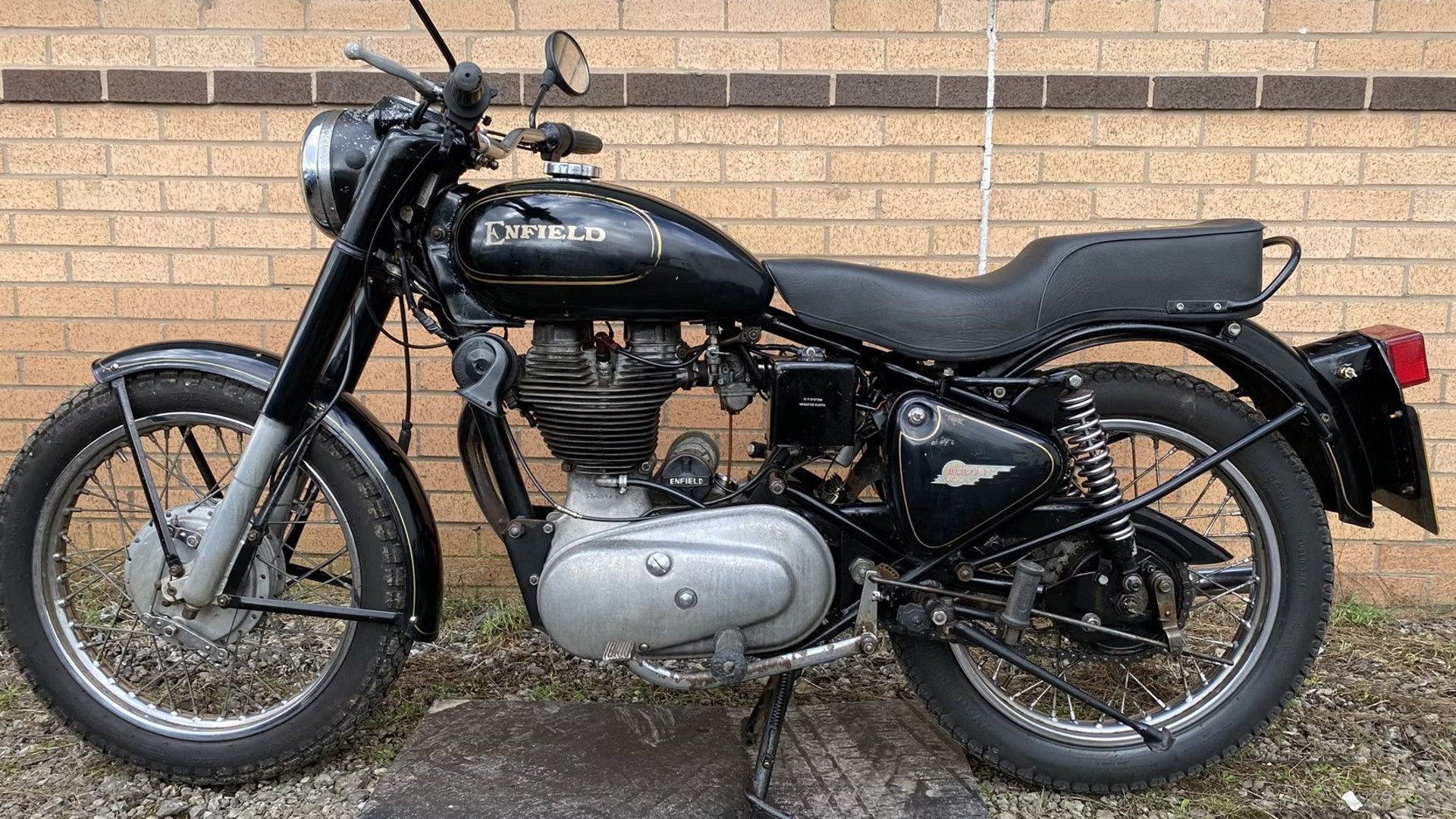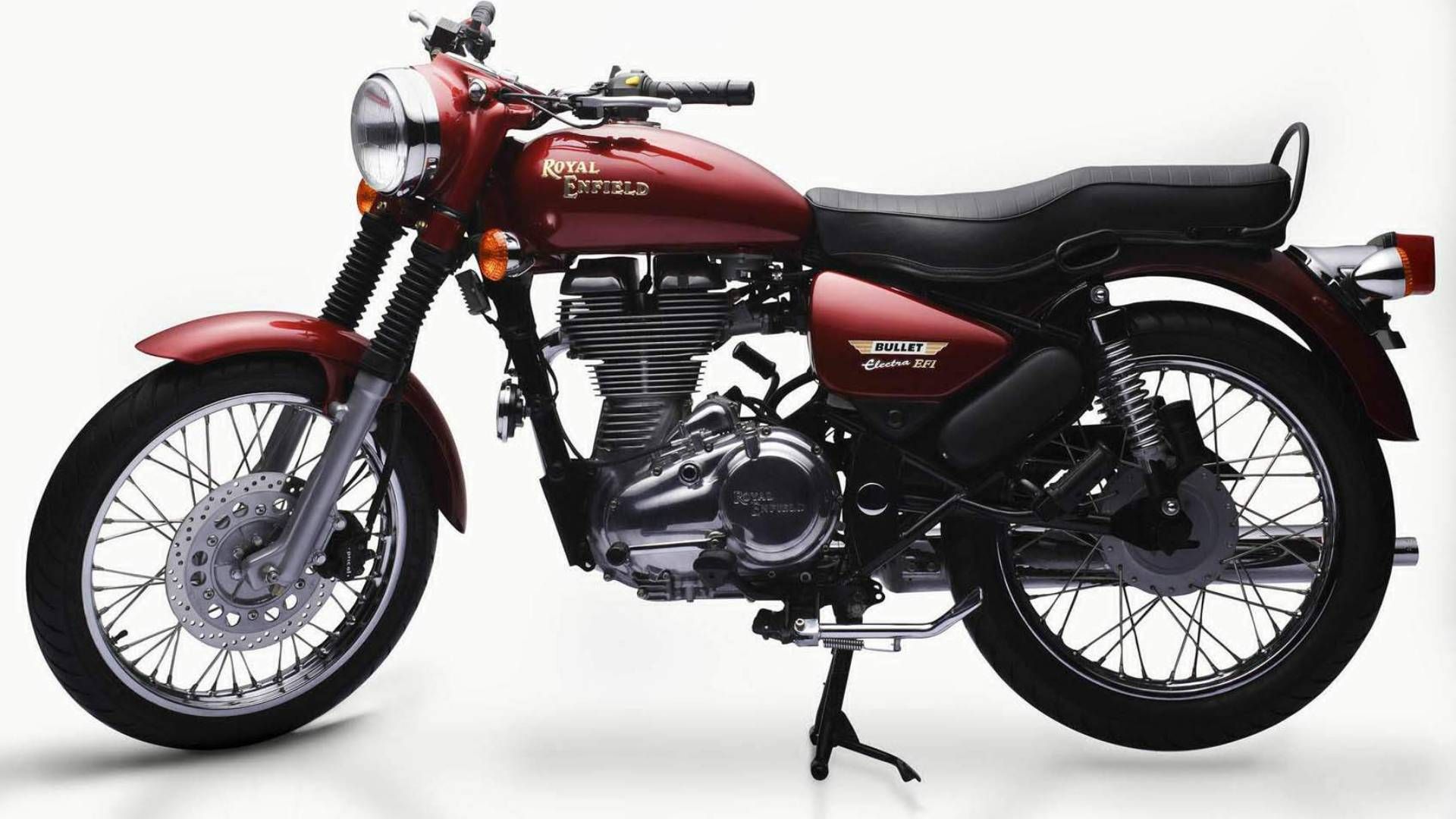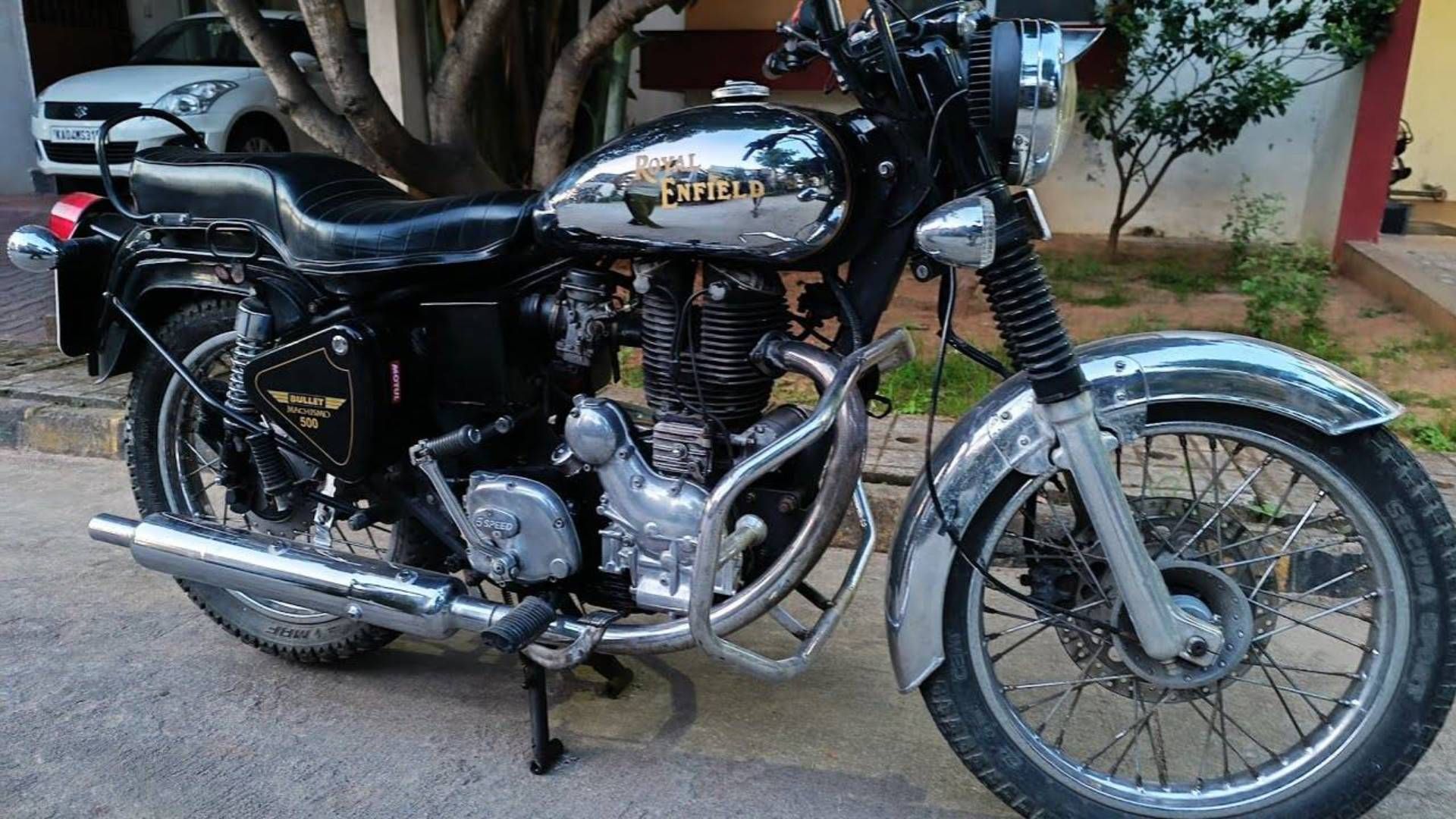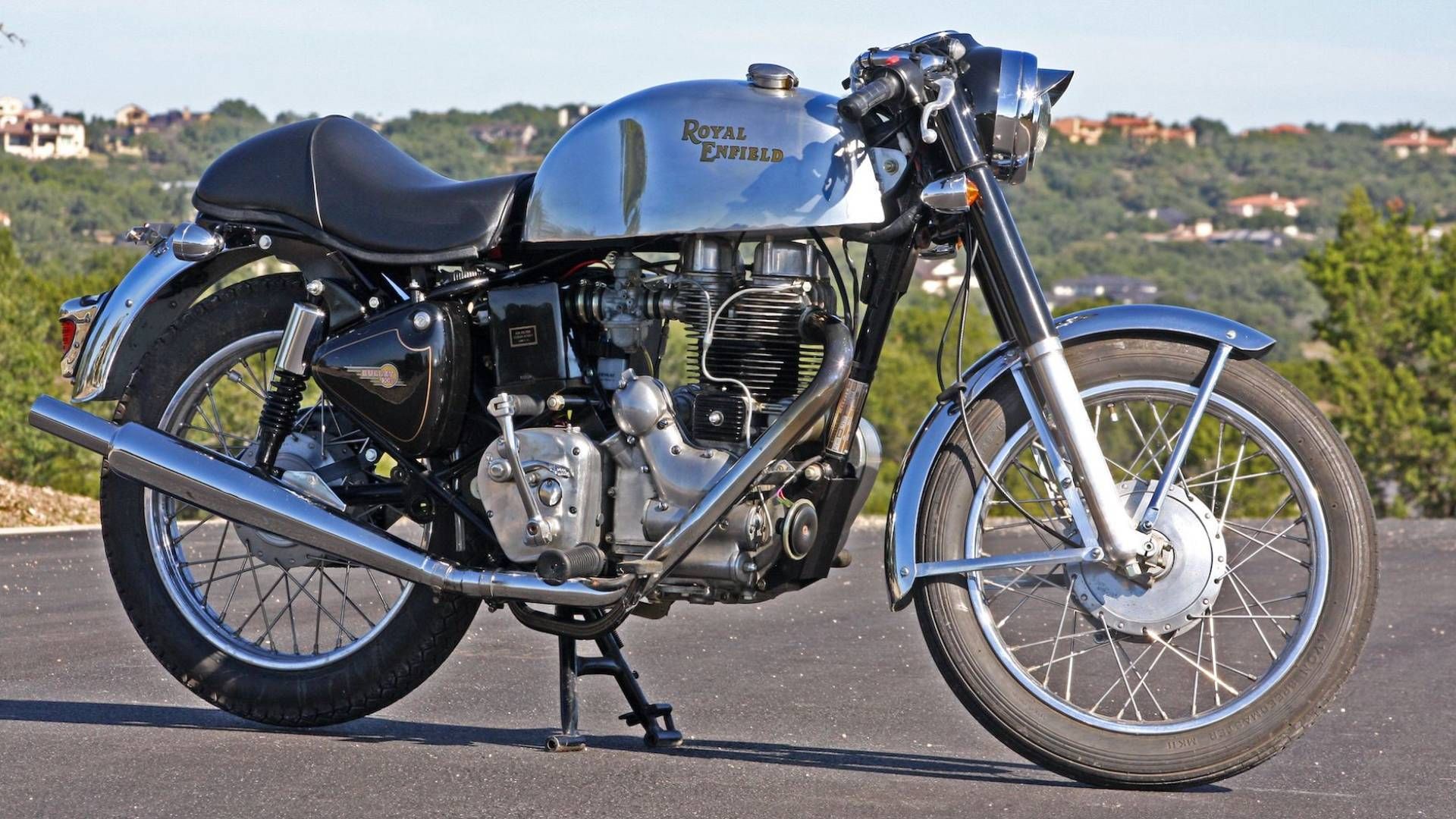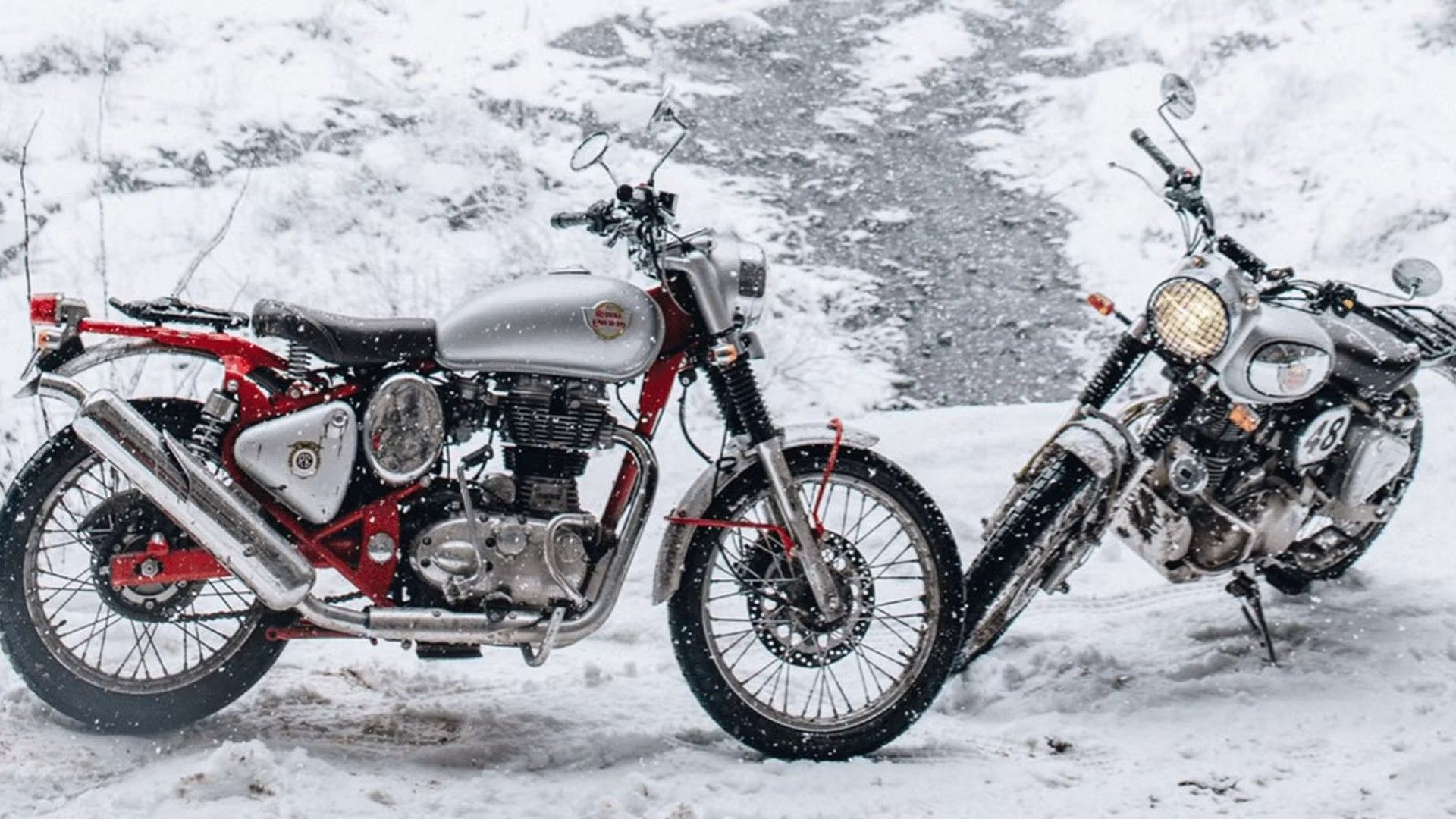The Royal Enfield Bullet is one of the most remarkable motorcycles in history. Launched in 1931, it was powered by a 350cc single-cylinder engine and stayed true to the RE slogan, ‘Made Like A Gun’, a slogan derived from the time when Royal Enfield made, well, guns! In 1949, the third generation of Bullet was launched an that is the model that we know so well today. The Indian Army ordered so many of these that the company decided to open a factory in Madras, India, to assemble kits sent out from England.
By the 1960s, Royal Enfield was in trouble and the UK factory closed in 1967, with the Bullet’s production ceased in 1962. But that didn’t affect the Enfield India operation and, from that day to this, the Bullet has been a mainstay of the factory, selling in huge numbers in India and slowly gaining a strong following worldwide. Even though it remains largely unchanged in basic concept, there have been many variations on the theme, and here are ten of the best.
In order to give you the most up-to-date and accurate information possible, the data used to compile this article was sourced from various manufacturer websites and other authoritative sources, including www.royalenfield.com, www.motorcyclenews.com, and www.cycleworld.com.
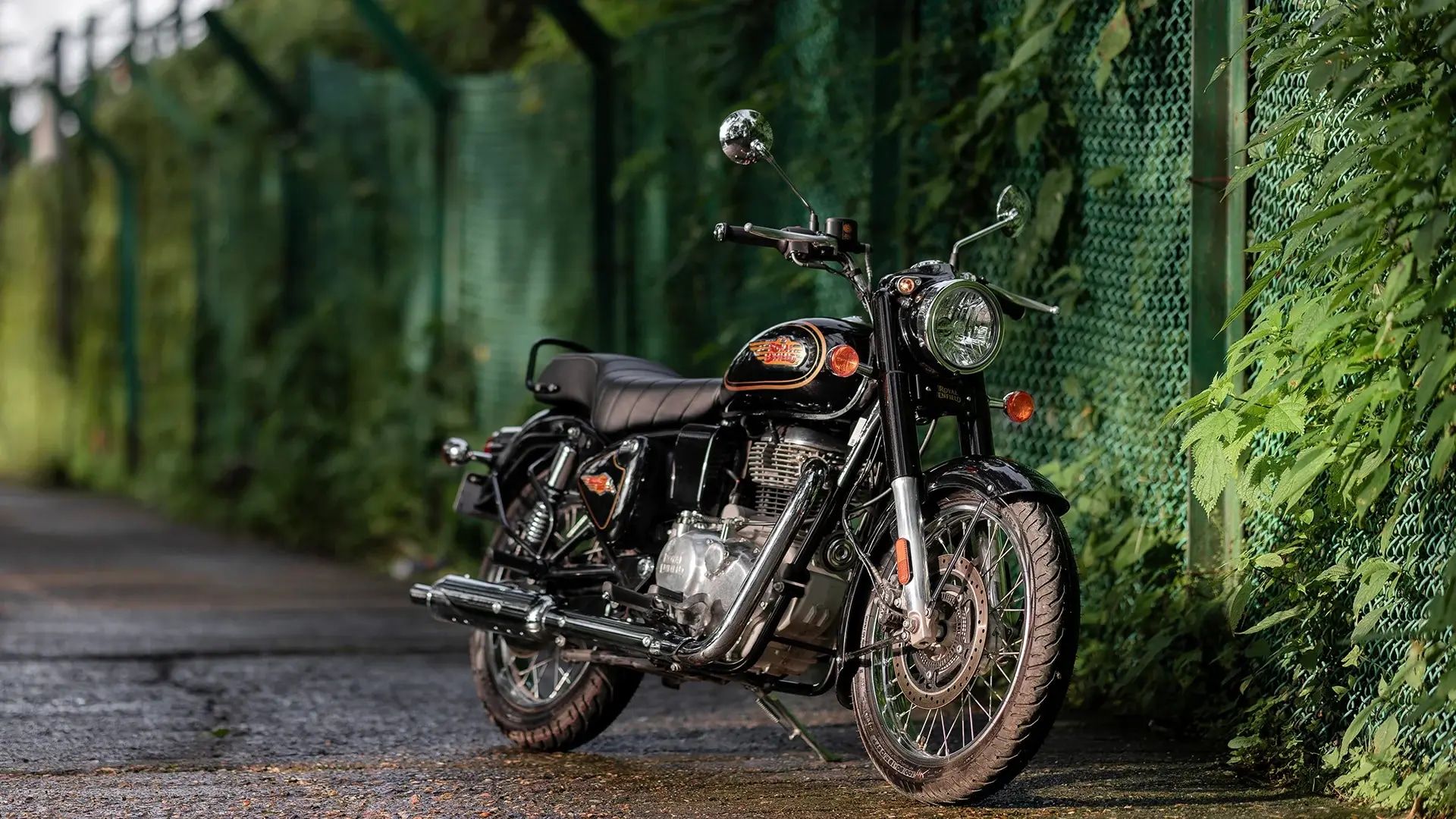
This Is Royal Enfield’s Most Affordable Cruiser In America
After several months of waiting, the Bullet 350 is finally on sale here
11 1932 Royal Enfield Bullet
Royal Enfield started in 1851, manufacturing first sewing needles and, later, bicycles. Its first motorcycle came in 1901. For the first thirty years of motorcycle production, RE produced many different models, powered by single and twin-cylinder engines. But, in 1932, the first Bullet model appeared, powered by either a 350cc or a 500cc single-cylinder engine, the cylinder being angled forward, after the fashion of the day.
The cylinder head featured twin exhaust ports and the gearbox had a foot gear change, a relative novelty at the time. The 500cc model would reach a claimed 100mph, with remarkable smoothness. There was no rear suspension, so insulating the rider from bumps was a sprung leather seat, a feature that is still visible on some modern-day RE models.
Key Highlights
- Four valves per cylinder weren’t common on pre-war motorcycles, but the Bullet had this feature
- In 1933, a 250cc Bullet was introduced, but it sold poorly in comparison to the 350 and 500cc versions
- The valve springs and stems were exposed on early models, which wasn’t very good for wear
10 1949 Royal Enfield Bullet
This is where the Bullet we know today first emerged from the factory. The cylinder was moved to a vertical position on the engine and featured an alloy head and higher compression than its previous iteration. The biggest change, however, was to the frame, which featured rear suspension in the form of a swing arm and twin, non-adjustable shock absorbers with internal springs.
At the front, there was a brand new telescopic fork of Royal Enfield’s own design, topped by a Triumph-like headlamp nacelle incorporating the speedometer. The four-speed gearbox featured a unique neutral-finding lever, which allowed neutral to be selected no matter which gear you were in when coming to a stop. The Indian Army ordered a significant number of units for border patrol duties, prompting the factory to open a factory in India to assemble kits sent out from England. Soon, this factory started producing complete bikes under license.
Key Highlights
- For the first time, thanks to the new rear suspension, a new twin-seat could be fitted
- RE Bullets won Gold Medals at the 1948 International Six Days Trial
- By 1955, Enfield India was producing over 20,000 Bullets annually
9 1977 Royal Enfield Bullet 350
The Royal Enfield factory closed for good in 1967, with English Bullet production having ceased in 1962. This didn’t affect the Indian Enfield operation, though. In 1977, it started exporting the Enfield Bullet back into the UK. Bullets came from India in CKD (Completely Knocked Down) kits, shipped in crates for the customer to assemble themselves, like a kit car.
Because Indian-built Enfield Bullets were used extensively by the Indian military and defense forces, they were solidly built, tough, and rugged, not to mention simple. Therefore, they could be easily maintained and repaired by anyone with even the most rudimentary mechanical knowledge. However, even India wasn’t immune to the effect of cheaper Japanese imports, causing Enfield India to be sold to Eicher Motors. It bought the rights to the Royal Enfield name so that the bikes could once again be called Royal Enfield and not simply Enfield.
Key Highlights
- By the 1970s, the Bullet was looking very old-fashioned against modern Japanese motorcycles
- Eicher Motors was a manufacturer of tractors and commercial vehicles
- The new owners made few changes to the Bullet, apart from improving quality
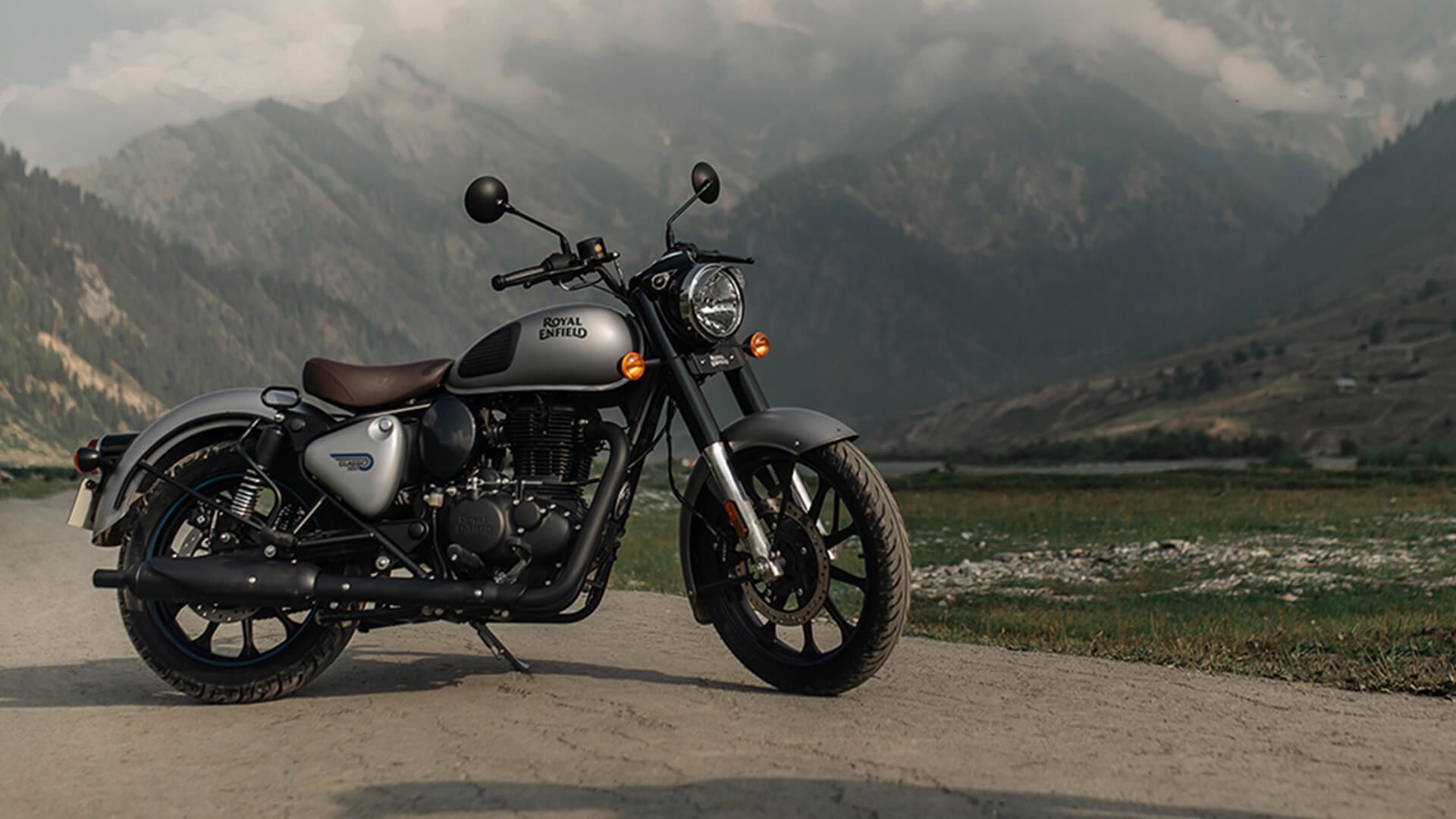
Juicy Details Of New Royal Enfield Classic 650 Revealed In Latest Spy Shots
Are you ready for the most old-school 650cc cruiser from Royal Enfield?
8 1984 Royal Enfield Bullet Diesel
The first example of Royal Enfield India thinking outside the box came in 1984, with the introduction of a diesel-engined version of the Bullet. Diesel engines have rarely been used for motorcycles, largely due to their excessive weight. The engine was made by Italian manufacturer Greaves Lombardini and, with only 6.5 horsepower and 11 pound-feet of torque, it was desperately slow. The fuel consumption was impressive, though, with 200 miles per gallon possible. You could go a long way on a tank of gas. A big problem was vibration from the high-compression engine, not to mention thick black clouds of exhaust smoke. These emissions eventually killed off the Bullet Diesel.
Key Highlights
- Many diesel engines are turbocharged but this was an impractical and expensive solution for the diesel engine in the Bullet
- Vibrations were so bad that owners had to check nuts and bolts almost daily
- Top speed was only 40mph
7 1989 Royal Enfield Bullet 500
Up to this point, Enfield India had produced only 350cc versions of the Bullet, even though the original engine with cast iron barrels and cylinder head had been replaced by an all-alloy unit. The 1989 Bullet 500 was aimed at export markets and came in three different trims: Classic, Deluxe, and Superstar. The engine was a direct development of the 1956 500cc unit, updated with coil ignition and alternator electrics, which were standard equipment for every single motorcycle sold around the world. Meanwhile, a carburettor was still used. The Bullet 500 shared a chassis, four-speed gearbox, and cycle parts with the Bullet 350. Eventually, the Bullet name would be partially moved aside, the model called simply the Classic.
Key Highlights
- The first 500cc Indian-built version of the Bullet
- The Bullet remained old-fashioned but, by now, markets outside India were waking up to the attractive qualities of a brand new ‘classic’ motorcycle
- Royal Enfield India wisely left the Bullet pretty much alone, relying on its classic appeal, without updating the model too much
6 2000 Royal Enfield Bullet Deluxe
5 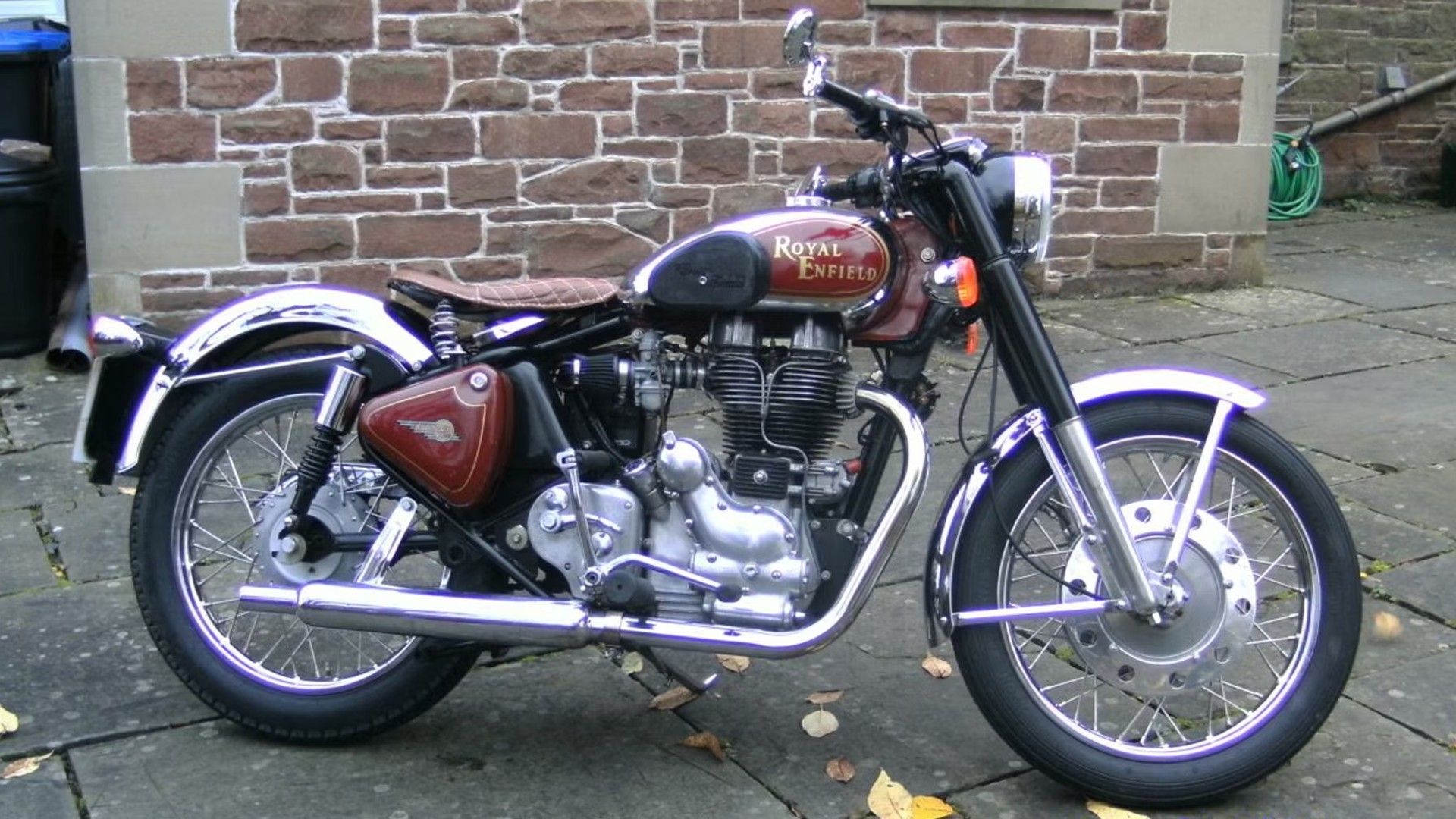
While Royal Enfield India had produced nothing but a ‘retro’ model for the past 40 years, the company saw fit at the turn of the millennium to delve into its past for a new variation on the Bullet theme. The Bullet Deluxe took its style cues from the 1955 Bullet, complete with a sprung single seat, lots of chrome, and colorful paint finishes. Available in both 350cc and 500cc versions, the electrics were updated to 12-volt, although that was about it in terms of updating. The suspension was still basic, the gearbox was the same notchy unit that had been used for years, and performance was leisurely. But quality and reliability were improved as Eicher Motors invested a lot of money into detail improvements, making the Bullet a classic that could be used every day.
Key Highlights
- Before the ‘new’ Triumph Bonneville came along, Royal Enfield had the ‘modern classic’ market all to itself
- Whereas the Bonneville was a thoroughly modern motorcycle design made to look old, the Bullet really was an old design that still looked old
- Even though it looked the same, the engine was now a completely new design, manufactured in aluminum.
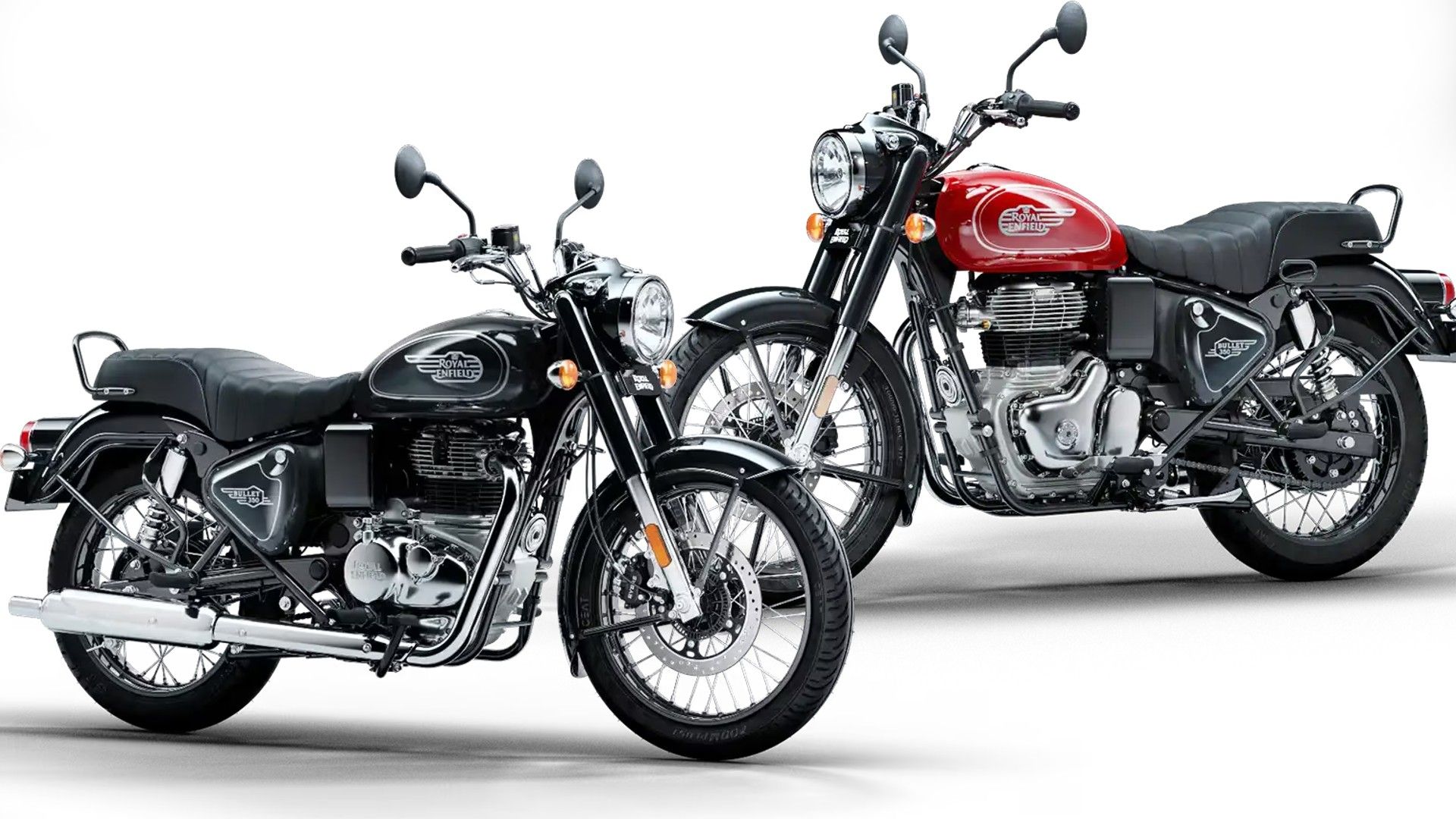
Royal Enfield Bullet 350 Becomes More Shiny For 2024
The motorcycle now comes in seven color options for you to enjoy
4 2005 Royal Enfield Bullet Electra
While there are many owners of classic bikes who love the act of physically kicking a bike into life using a kick-starter, there remain the perils of the engine ‘kicking back’ while the rider’s full weight is on the lever, resulting in many a sprained ankle. RE belatedly equipped the Bullet with an electric start in the mid-1990s which, at first, was unreliable. By the mid-2000s, the system was perfected and, when accompanied by electronic ignition, the Bullet was dragged kicking and screaming into the 21st century. The kick-start lever was retained for both appearance and emergency-starting reasons.
Key Highlights
- Royal Enfield finally got around to moving the gear lever to the left-hand side
- European models got a left-foot gear lever, and Indian models retained the right-foot gear lever
- The left-foot gear change gearbox had five speeds, and the right foot ‘box had four speeds
3 2007 Royal Enfield Bullet Machismo 500
If the idea of running a largely out-of-date and simple ‘classic’ motorcycle imparted a certain amount of machismo upon the rider, then Royal Enfield made sure to capitalize on it when it released the limited edition Machismo 500. Royal Enfield India kept up with the development of the Bullet, however, changing the gear change lever to the left-hand side (only about 30 years after the rest of the motorcycling world!) and adding a fifth gear to the gearbox. Elsewhere, the Bullet 500 Machismo was exactly the same as it always had been: an old-fashioned motorcycle with classic good looks and a distinctive riding experience.
Key Highlights
- The introduction of the all-alloy engine was not well-received in India as it sounded different from the iron engine
- A front disc brake was offered for the first time on the Bullet (optional in India and standard equipment for the rest of the world)
- One result of the new aluminum engine was increased gas mileage
2 2012 Royal Enfield Bullet Clubman
Back in the 1960s, Royal Enfield had been one of the first factories to produce a ready-made café racer, the Continental 250 GT, to capitalize on the craze sweeping through young motorcycle riders in the UK. Witnessing the success of the modern Triumph Thruxton 900, Royal Enfield knew that a modified Bullet would be the perfect base for a similarly-styled model. A 4.5-gallon, polished aluminum gas tank, clip-on handlebars, an upswept exhaust muffler, rear-set foot pegs, and a seat complete with fiberglass cowl were all standard inclusions, turning it into a ‘racing’ single-seater. It looked the business while 27 horsepower from the 499cc single-cylinder engine gave it brisk, if not exactly fast, performance.
Key Highlights
- Stylish redesign to capture a slice of the nostalgia market
- The engine remained separate from the gearbox
- Relatively rare, so if you find one, buy it!
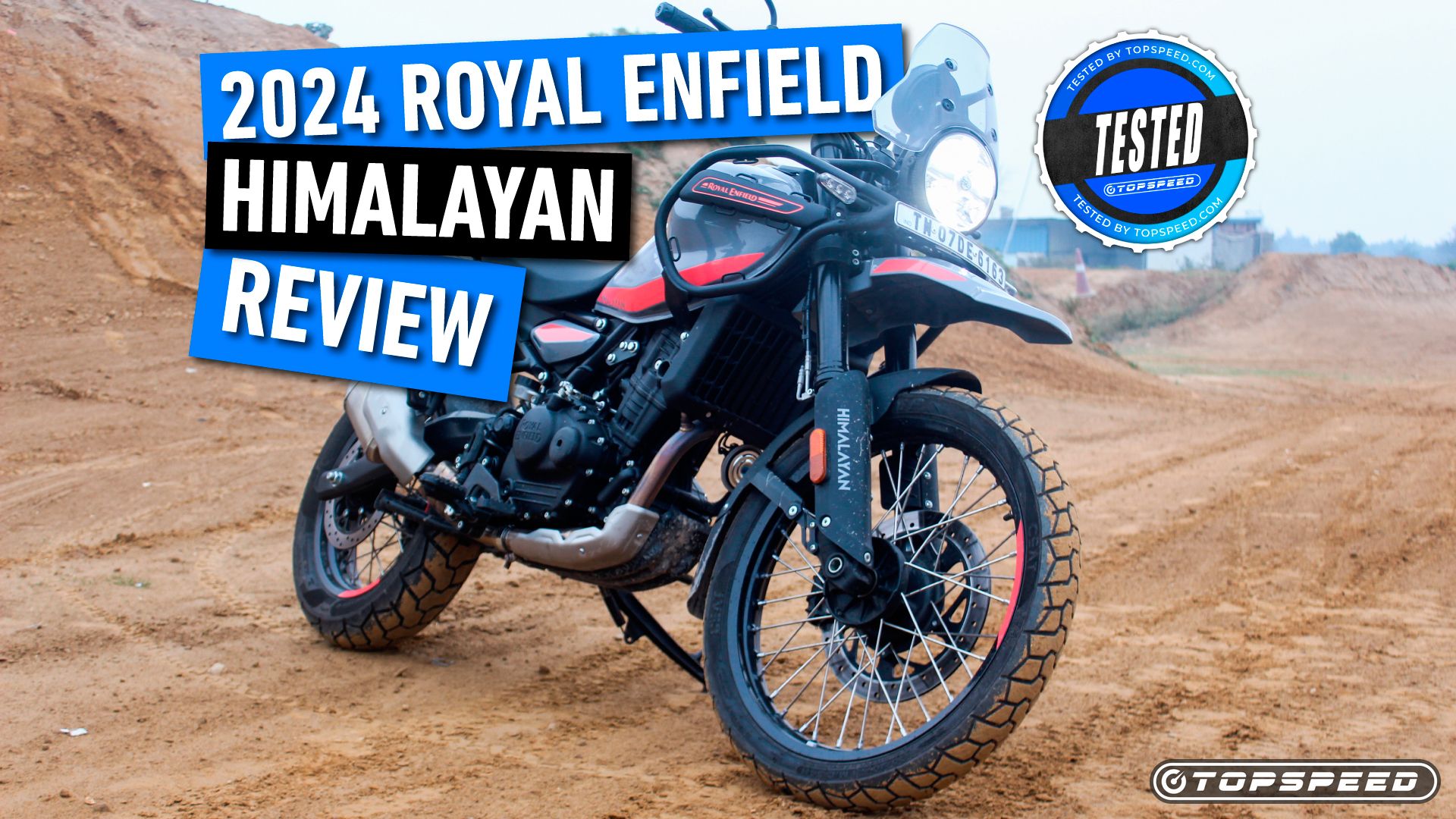
2024 Royal Enfield Himalayan Review: It Hits The Adventure Spot Right
From the outright grunt to off-road abilities, the 450cc Himalayan does many things right in its new avatar
1 2019 Royal Enfield Bullet Trials
The original 1949 Bullet had been very successful in off-road form, winning the International Six Day’s Trial and Scottish Six Day’s Trial several times and becoming a mainstay of British off-road competition for many years. With Royal Enfield India about to pension off the 500cc Bullet due to ever-tightening emissions and falling sales, what better way than to go out with a bang and a commemorative Trials model?
By this time, the all-aluminum engine and gearbox were constructed in unit, while fuel injection was used for the first time as well as ABS on both wheels. It looked purposeful and rugged (perhaps the best-looking Bullet ever?) and seemed like a much sought-after model overall. An off-road-ready Bullet; pretty sure the British forefathers didn’t have that in their bingo card!
Key Highlights
- Some would say the best Bullet
- Any semblance of off-road ability was merely window-dressing
- Royal Enfield has gone from strength to strength with this in recent years, with a new adventure model, the Himalayan


